LATEST INSIGHTS
Your Present Location: LATEST INSIGHTSLiu Yuanchun:Don’t believe the predictions of big-name economists. Keynes and Fisher are examples
Source: Sina Finance Published: 2020-09-05
Vice President of Renmin University of China Liu Yuanchun said at the 2020 Global Wealth Management Forum that it is difficult for a large number of economists and even wise men to see what is behind them. He cited the great economic crisis of 1929 as an example, and said that all the scholars and economists did not predict it, including the founders of macroeconomics. Keynes. In addition, Fisher, the best financial theory and trader in the United States at the time, called his students and friends to enter the stock market in 1928, and the crash in 1929 made him almost jump off the building.
The following is the transcript of the speech:
Liu Yuanchun: I think the topic of this forum is very good. Why? Everyone is paying attention to wealth management during the epidemic. The reason for concern is that the world is full of uncertainty, and this uncertainty not only comes from the economic and social levels, but more importantly comes from this uncertainty between man and nature. We often think that this is a kind of super uncertainty, which is difficult for us to determine with the concept of risk.
The theme of our forum is:global economic oscillation and recovery under the impact of the epidemic. I think this recovery is a very optimistic term. We humans still look to the future with optimism. I remember 11 years ago, Teacher Cao (Cao Yuanzheng) and I were also looking forward to the world after the financial crisis, economic growth and finance after the financial crisis. At that time, the most pessimistic people believed that the world economy would recover. It may take 5-6 years, but everyone will see that from 2008 to the present, the economic growth rate of the world economy has never returned to the past. So from 2013 to 2014, the macroeconomics community used a”long-term stagnation” to describe the economic growth of the entire world from 2008 to 2019.
At present, we are discussing the current situation. A very important starting point is that after long-term stagnation, what kind of mutation will happen under the impact of this super epidemic? This is one of the most important fundamentals to consider in future wealth management. Because Financial management comes not only from the issuance of banknotes, but also from the understanding of capital market policy changes, and more importantly, from the cooperation and deviation between the virtual economy and the real economy, and how we judge separation and combination The time between.
Therefore, judging such a global economic growth situation in the future is actually a point we need to focus on, but in fact, we will see from history that a large number of Economists and even a large number of wise men have difficulty seeing what is behind them.
We will now discuss the great economic crisis of 1929, the most profound crisis in the history of the world economy, a great crisis that caused a major change in human history, all our scholars and great economists None of them predicted it, including Keynes, the founder of macroeconomics, his diary and all his speeches failed to predict the collapse in 29 and 33. The best economist in the United States at the time was Fisher. He was a master of finance, not only a master of financial theory but also a master of financial trader. In 28 years, he called on his students and friends to raise the flag to enter the stock market, but in 29 years The crash made him almost jump off the building, so don’t believe the remarks of such big-name economists.
Moderator:Are you a big-name economist?
Liu Yuanchun: I don’t count, I can trust my prediction. The important point here is that unpredictability is actually a very important feature of the era of great change. Therefore, when we understand the future framework, we actually need new ideas and new frameworks.
Before I came, Chief Yao was still designing our topic today. In fact, we had a lot of arguments about the topic itself. What is the reason? The old idea and the new idea violently conflict. Speaking of world economic growth, in the past few years we have used”long-term stagnation” to describe it, using low and high to form it, using low growth, low trade, low growth, and low interest rates, Then add high debt, high leverage,”four lows and two highs” to describe it.
So what will happen in the future? The future may still be low growth, low investment, low interest rates, and low growth, but there are high debts and high volatility. What are the lows and highs? Is there any difference between the lows and highs before the epidemic? This is a key we have to think about, what is its logic.
Although the epidemic we talked about is not a factor that leads to a complete disruption of the pattern, it is a catalyst for accelerated changes in the pattern. Then this catalyst not only brings about changes in speed, but also brings structural changes. We are thinking about the first very important post-epidemic era. Our epidemic is normalized and prolonged. The epidemic spreads from sniper war to prolonged war. What will the world economic growth be like? The second consideration is that we are dealing with these major pandemics and disasters. The behavioral variation of its fiscal and currency will cause new laws and new risks in our fundamental and financial variations. And new challenges.
I think I will throw a brick for you today, Don’t use your original thinking to think about the changes brought about by the pandemic.
Liu Yuanchun is Vice President of Renmin University of China.
Key Words: Wealth management;World economy;Liu Yuanchun








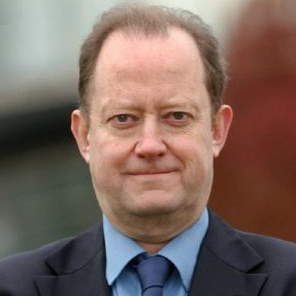


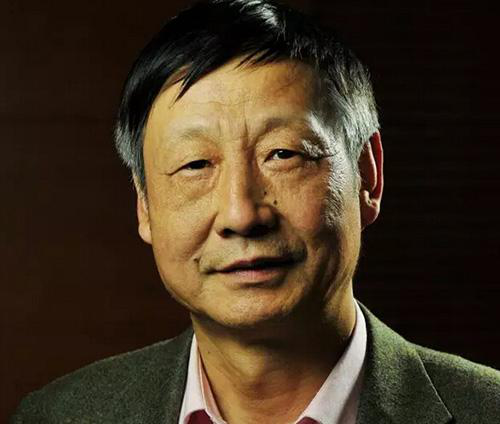
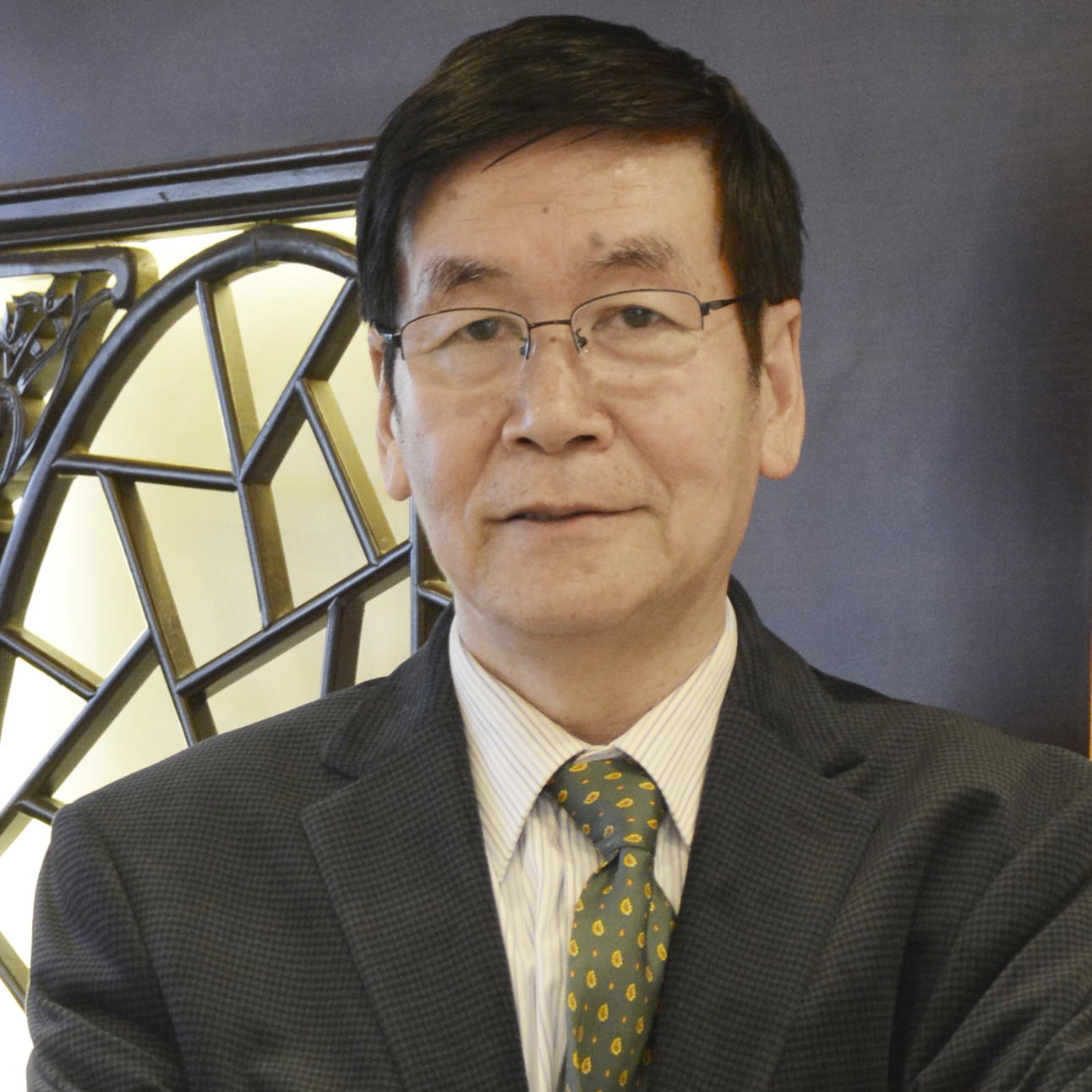





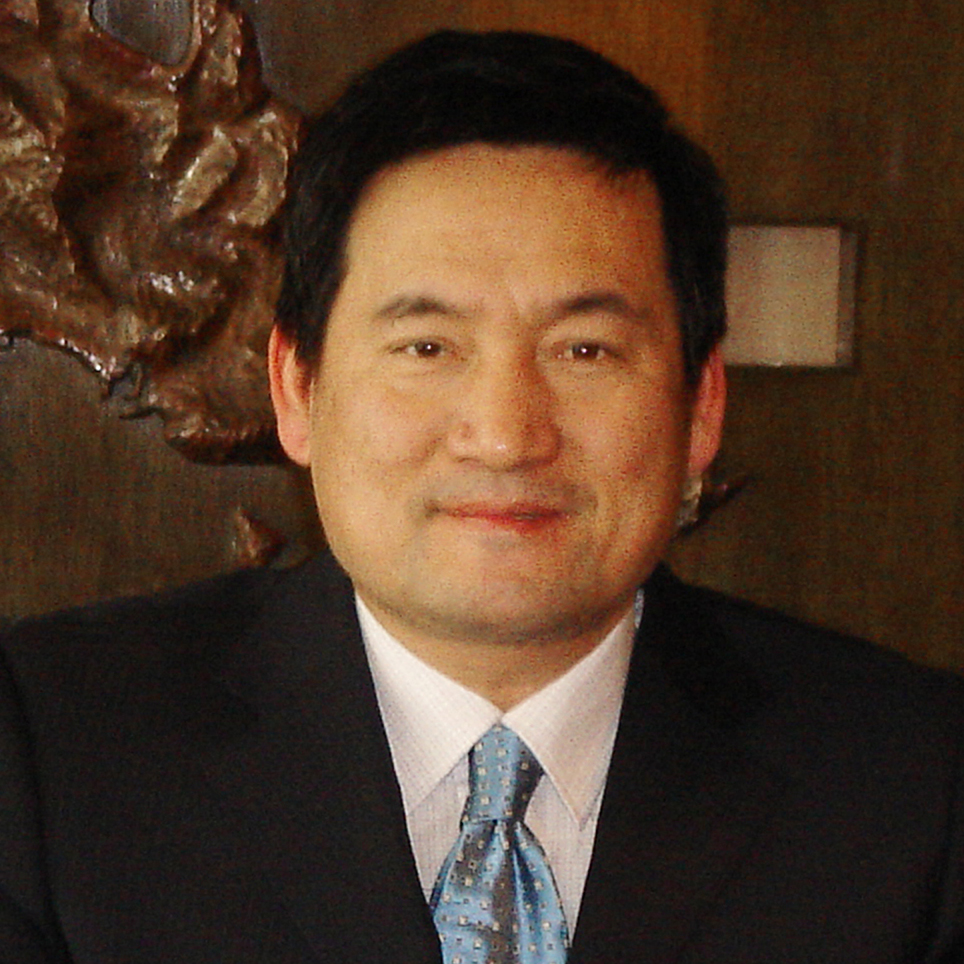








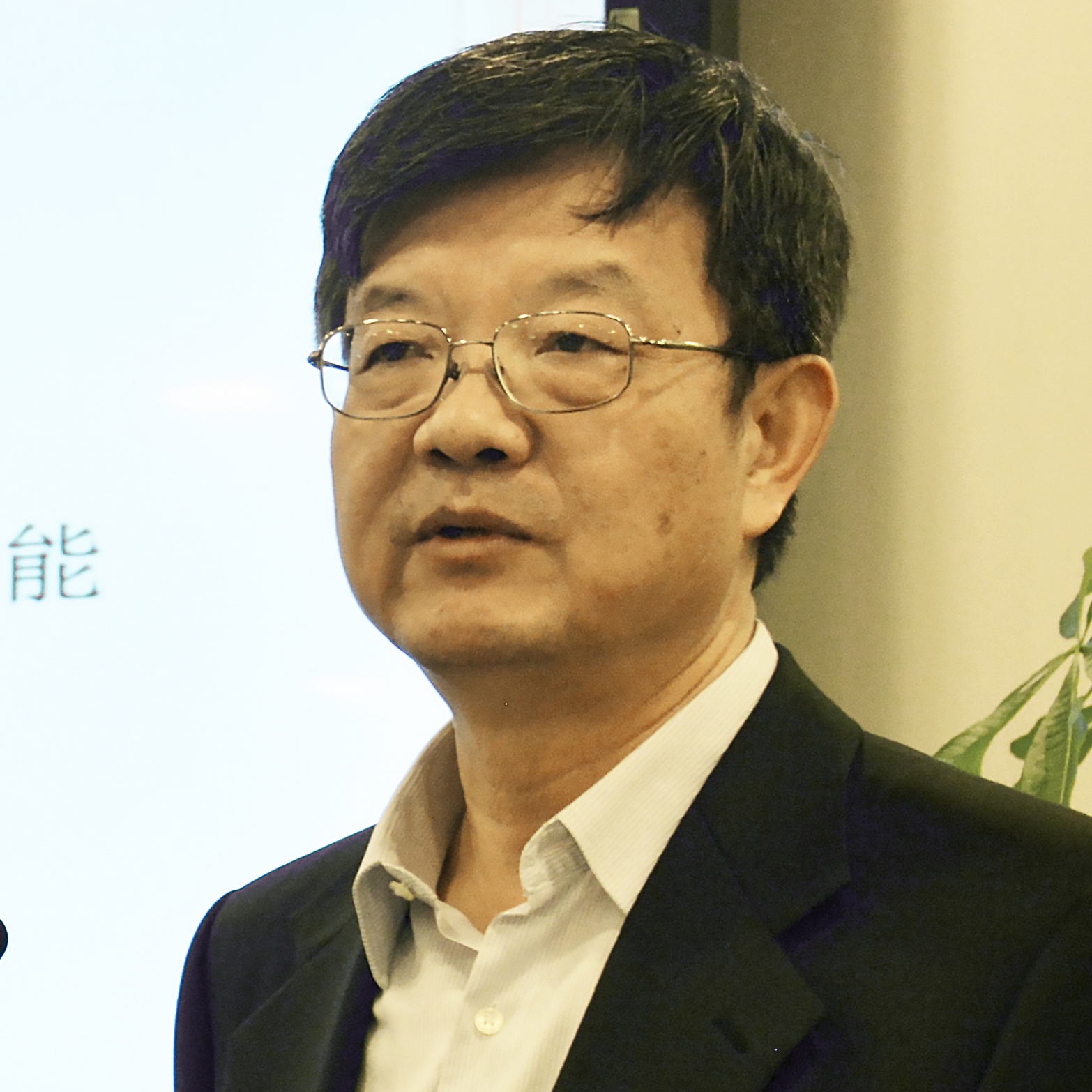


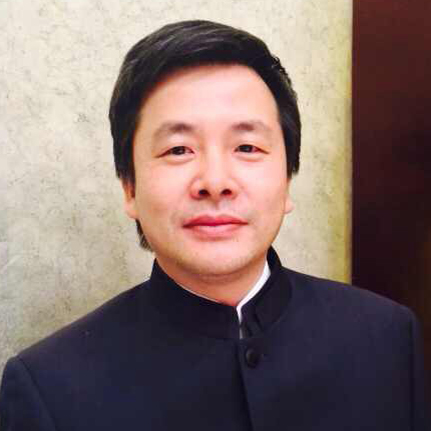
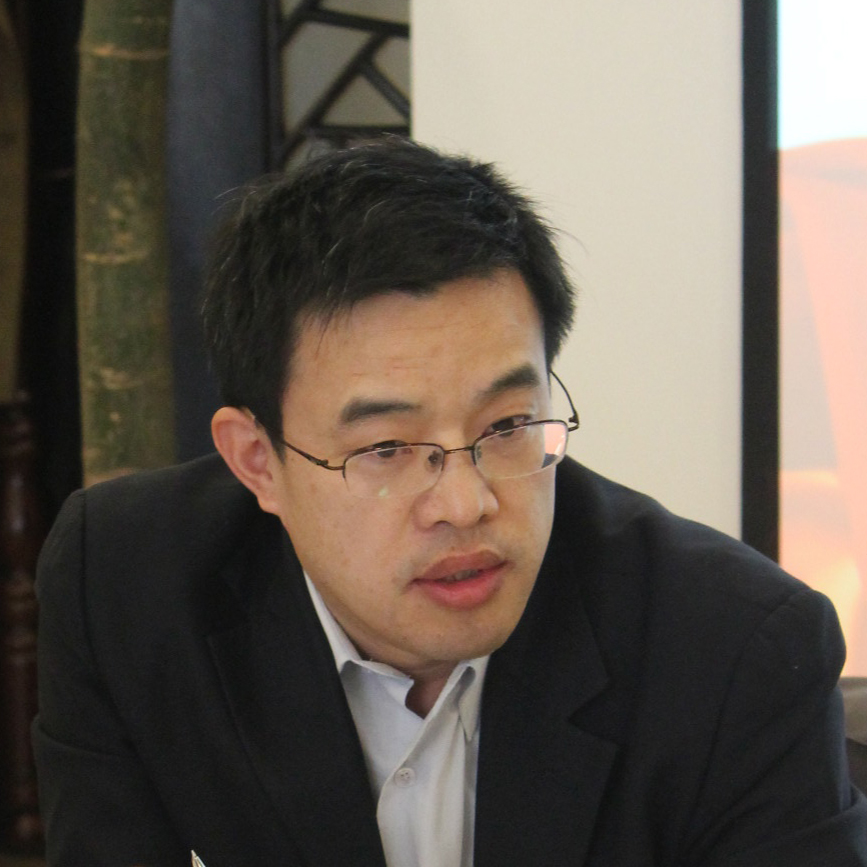
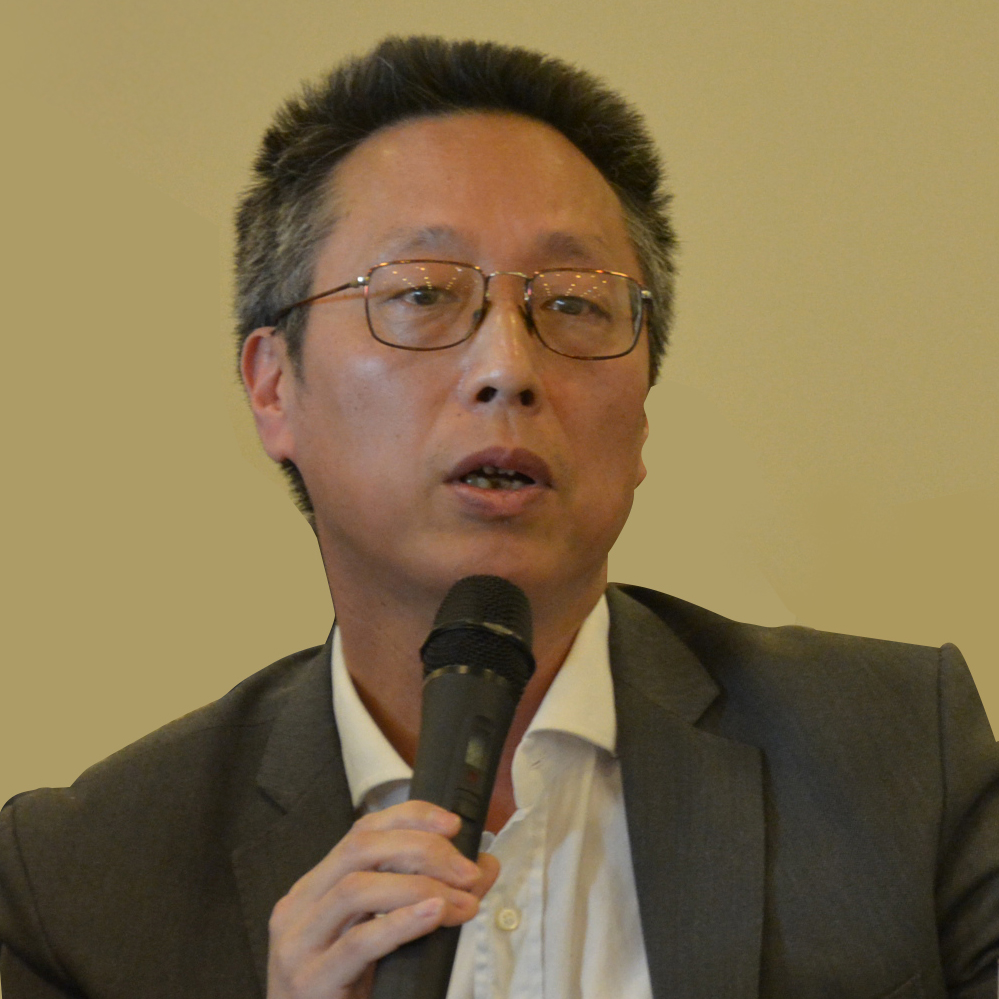
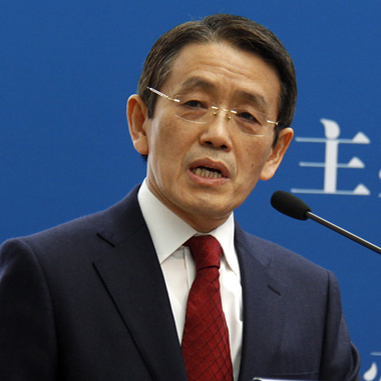

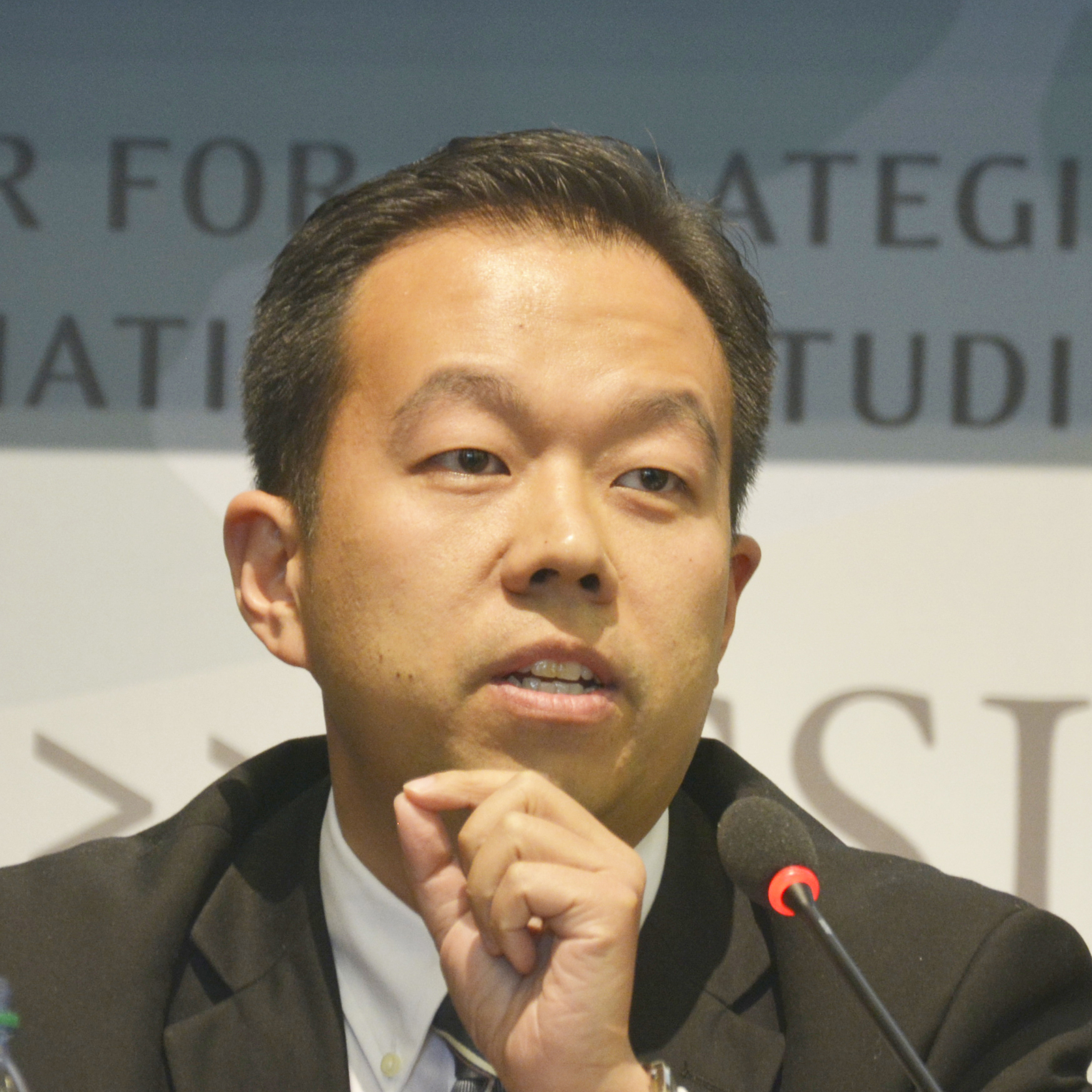

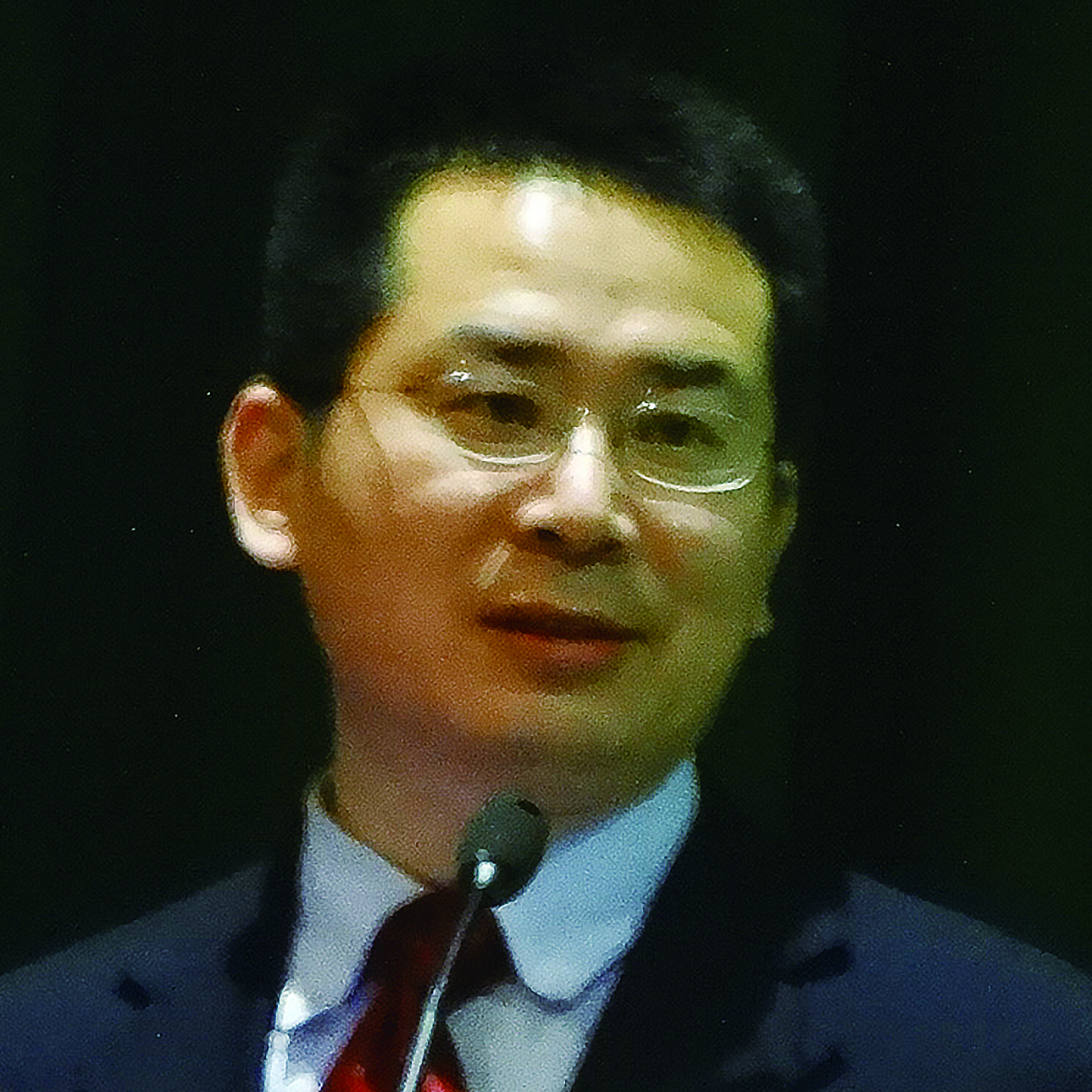








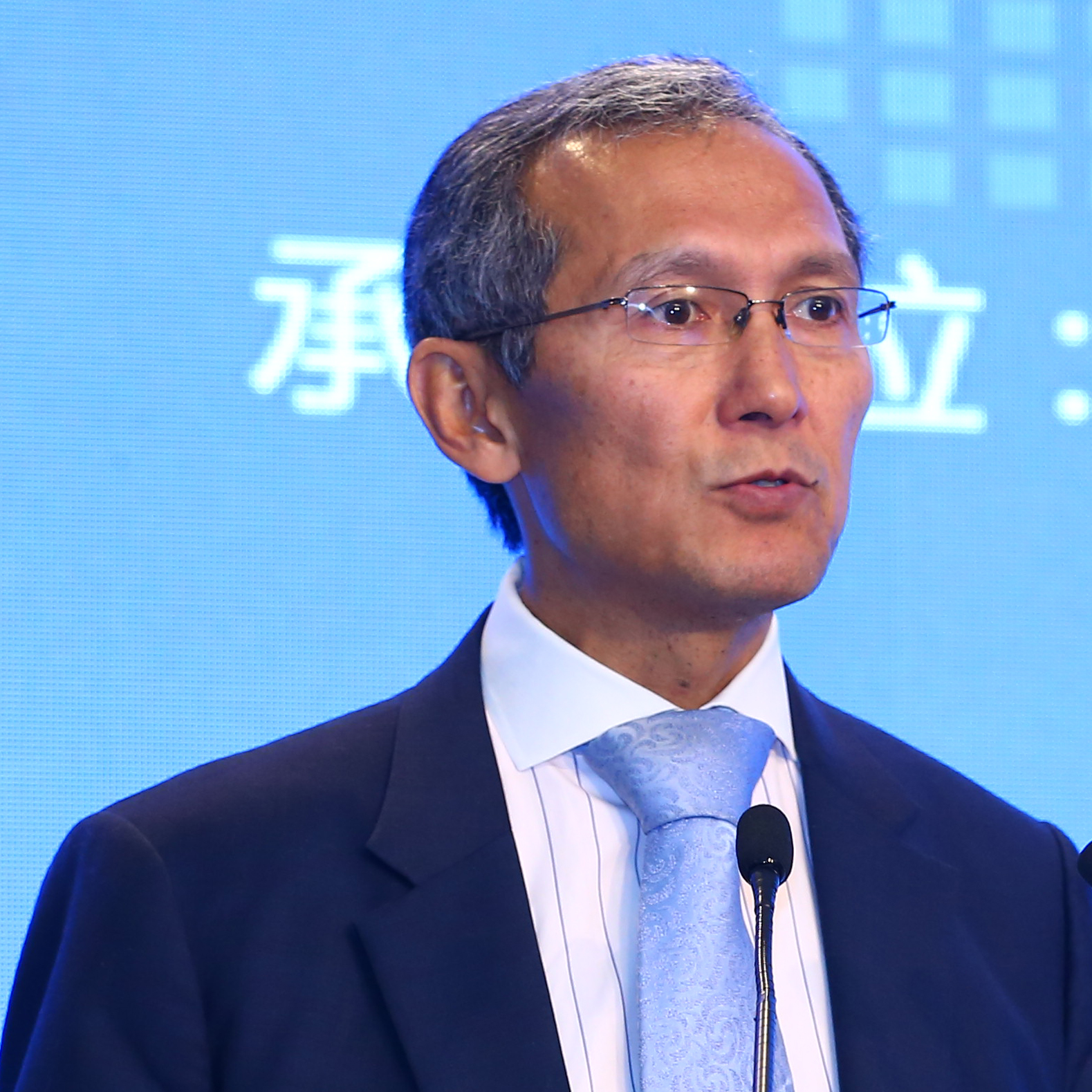

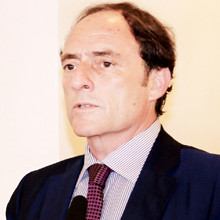
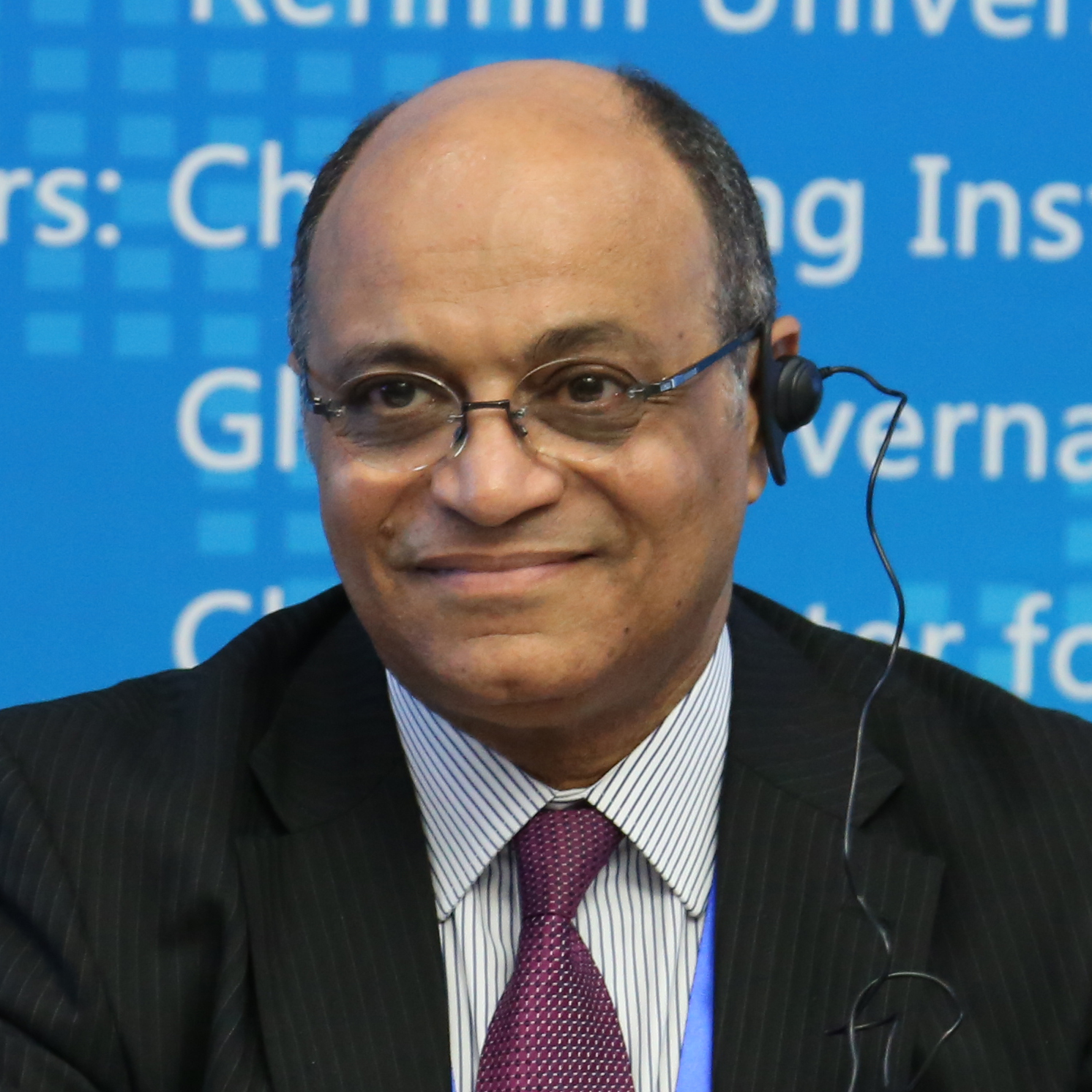




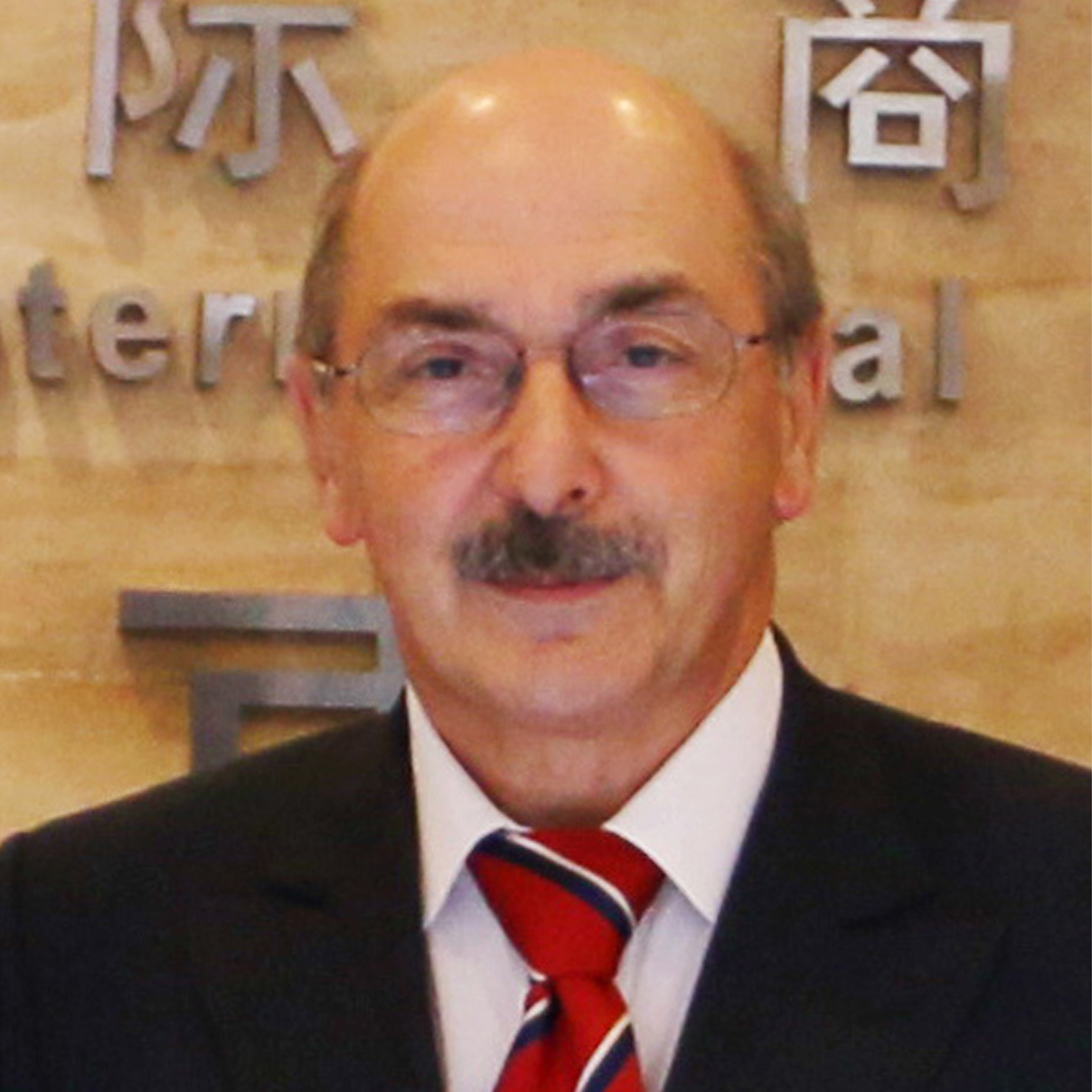


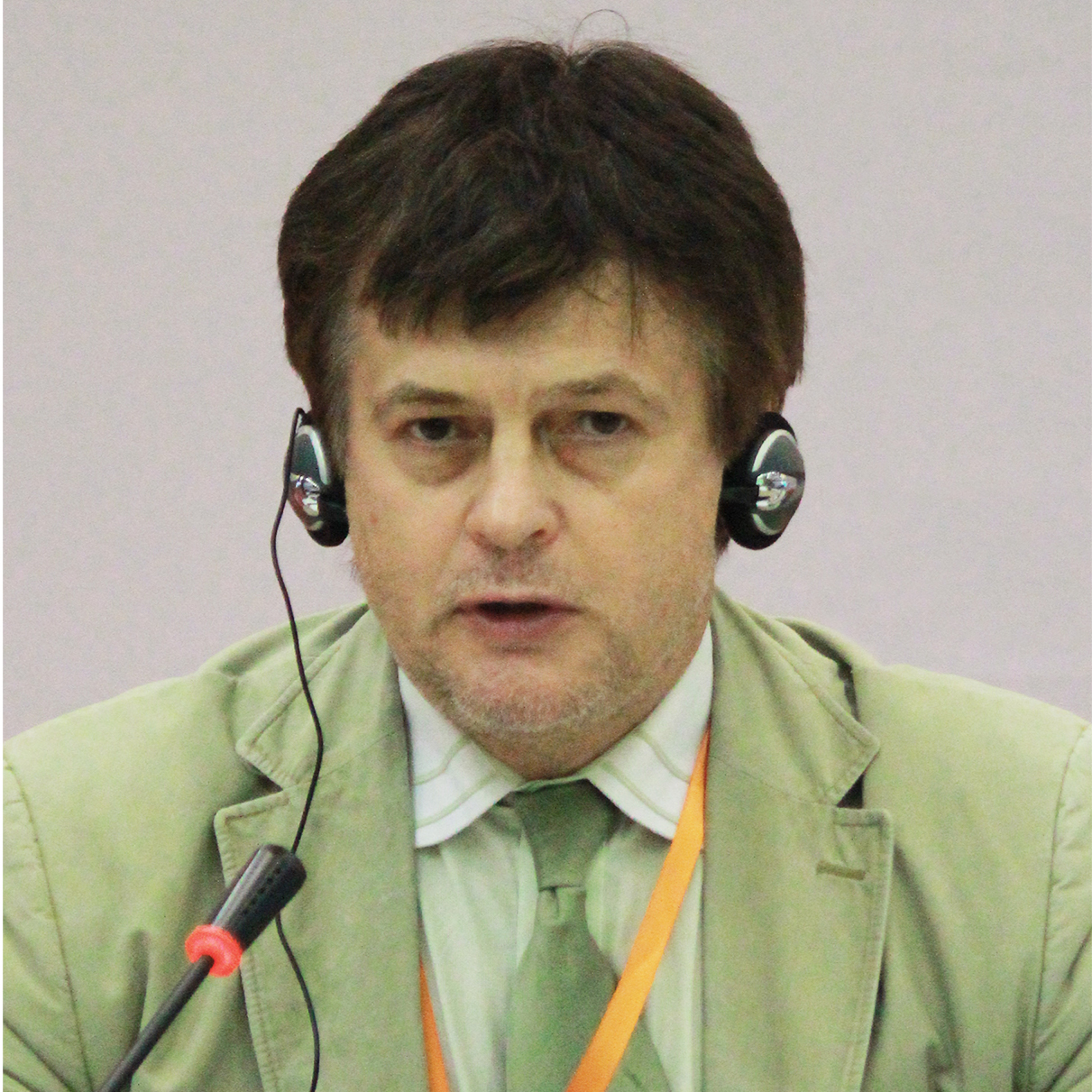


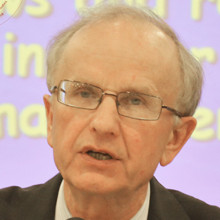
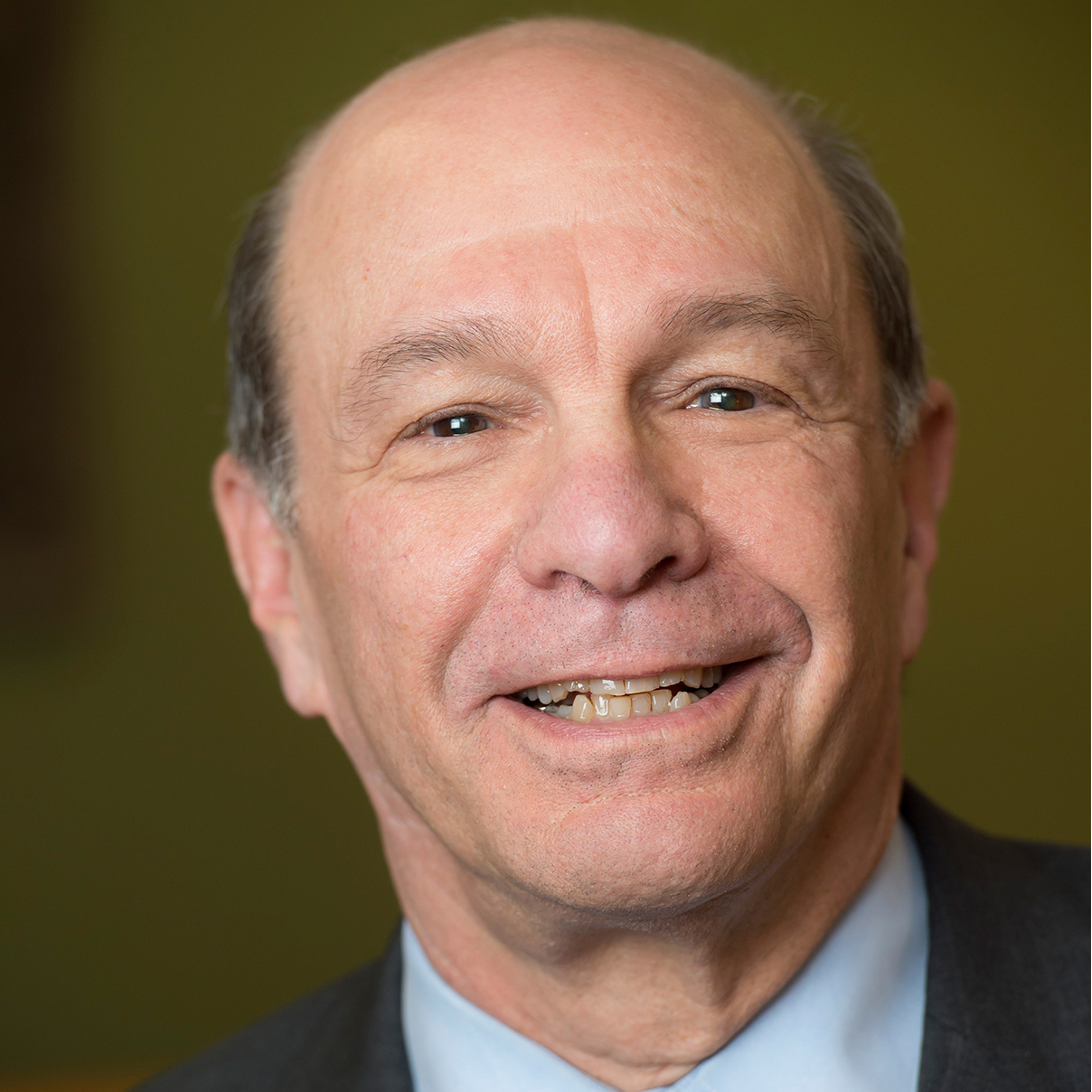
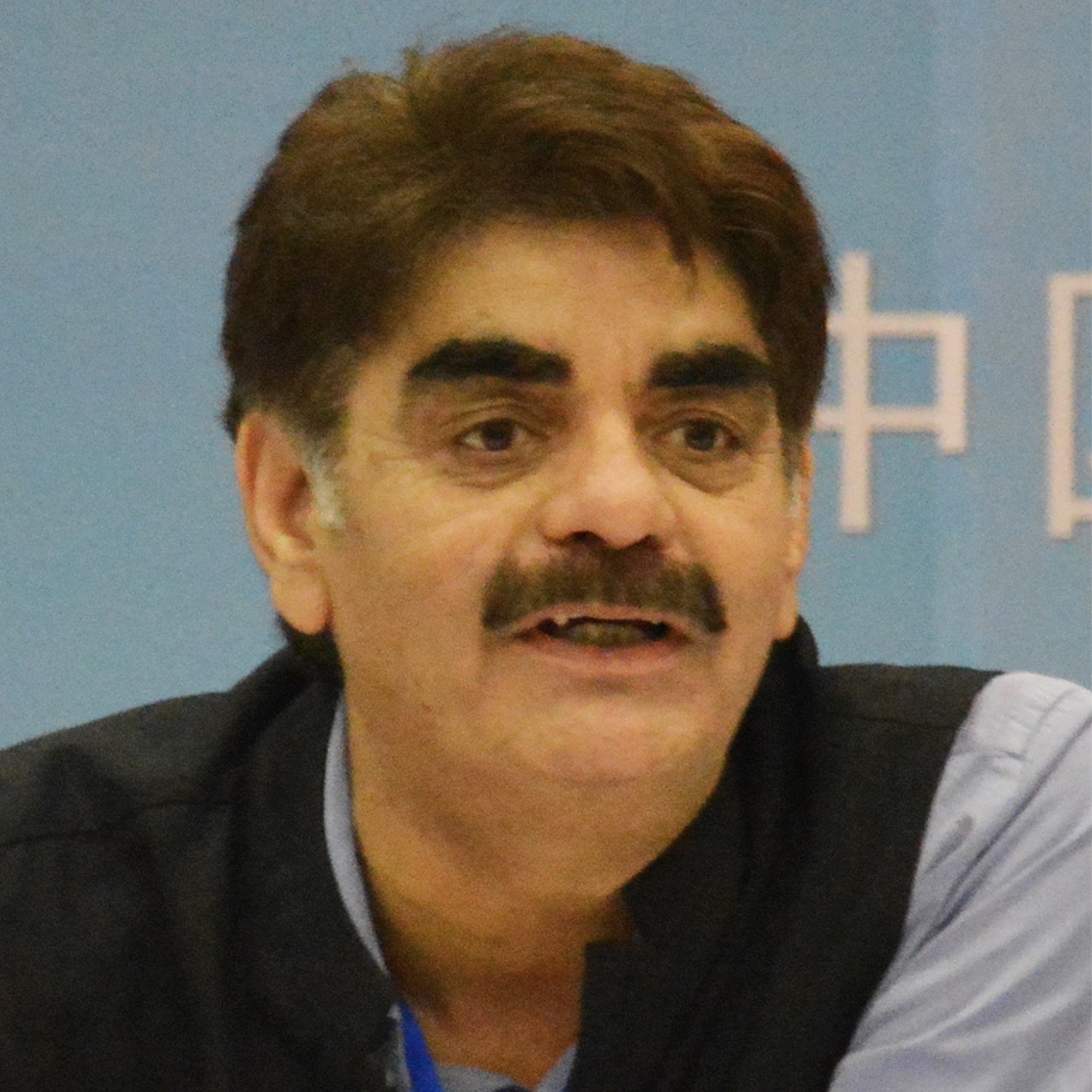
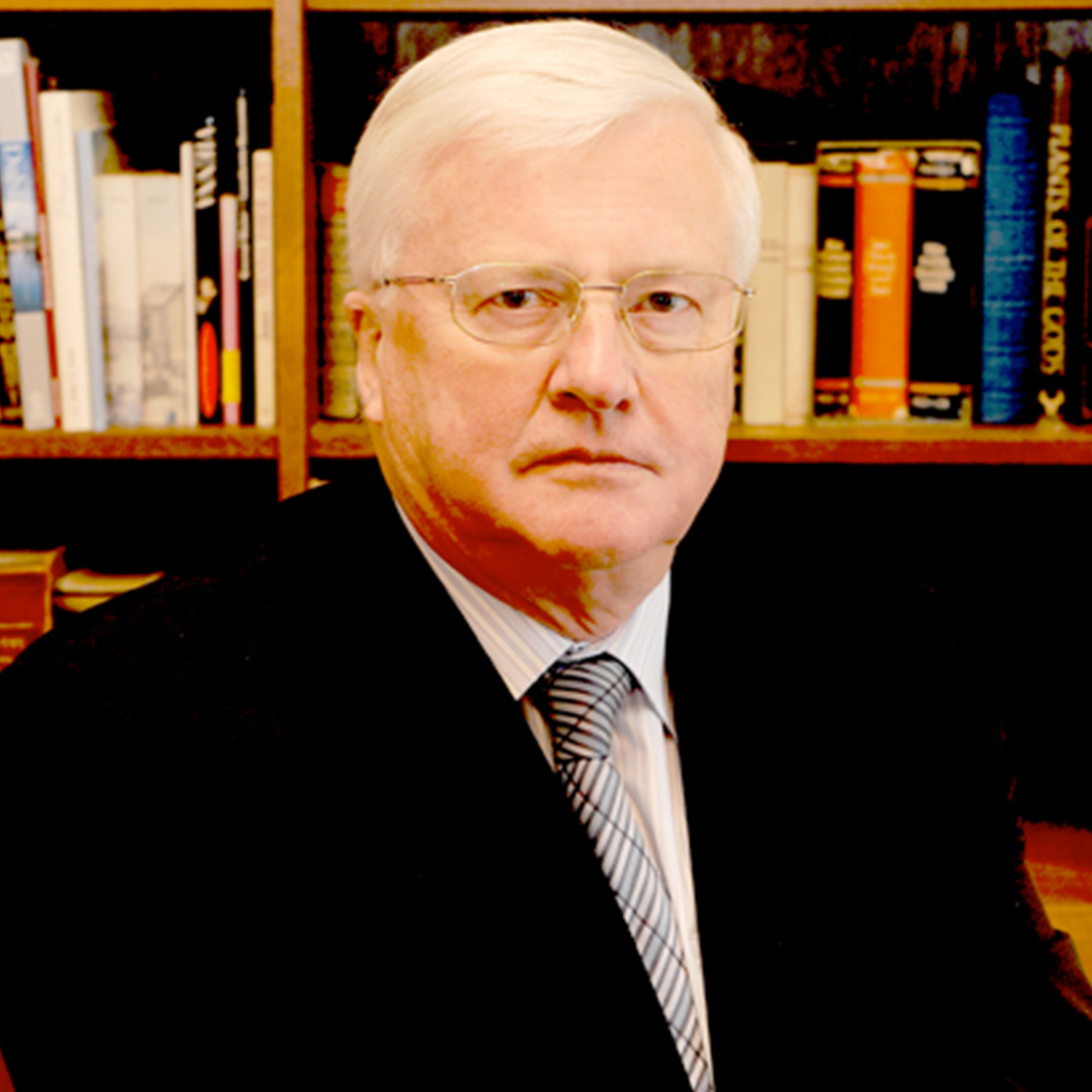





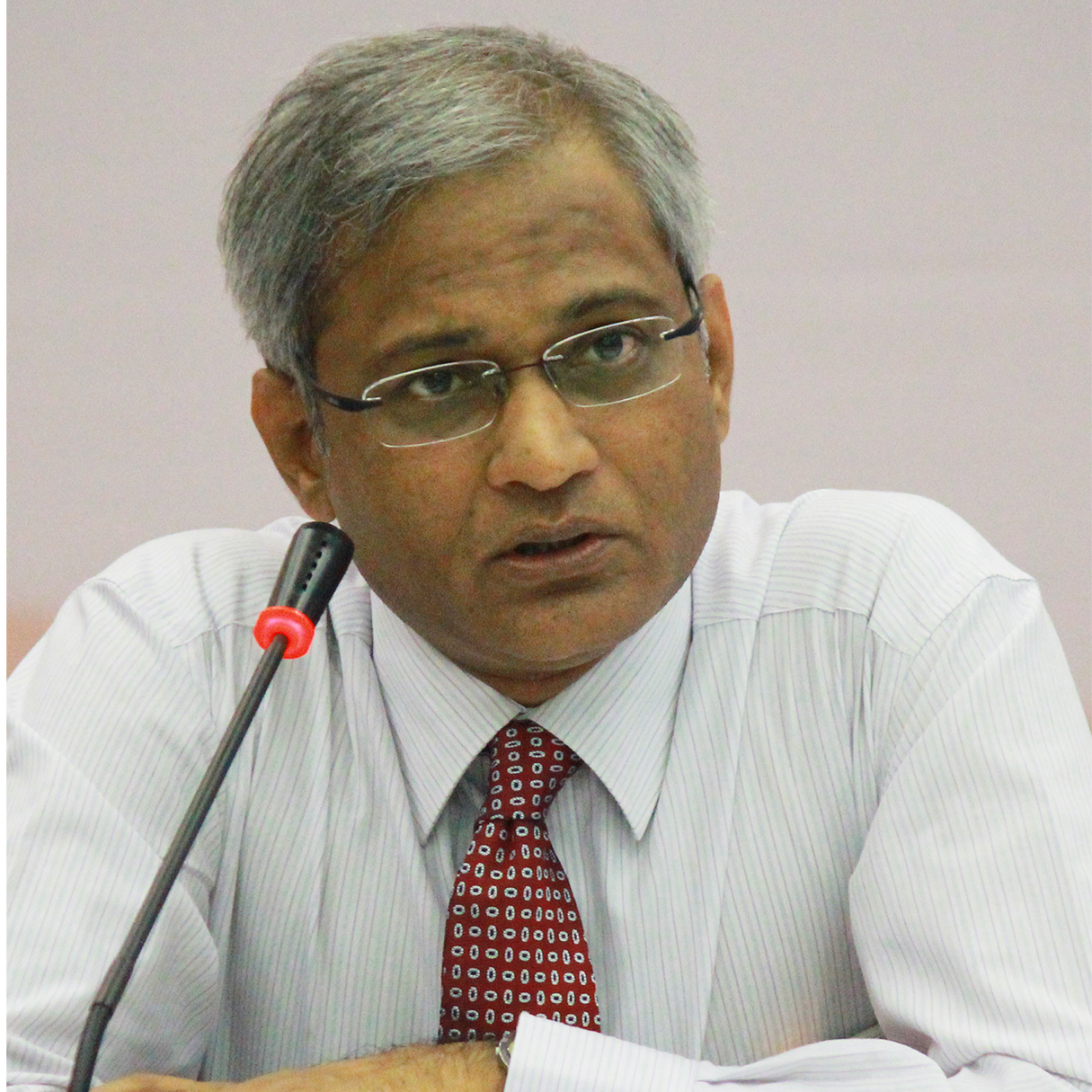
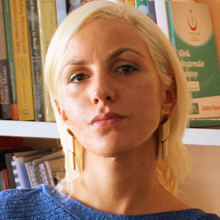
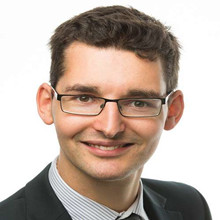














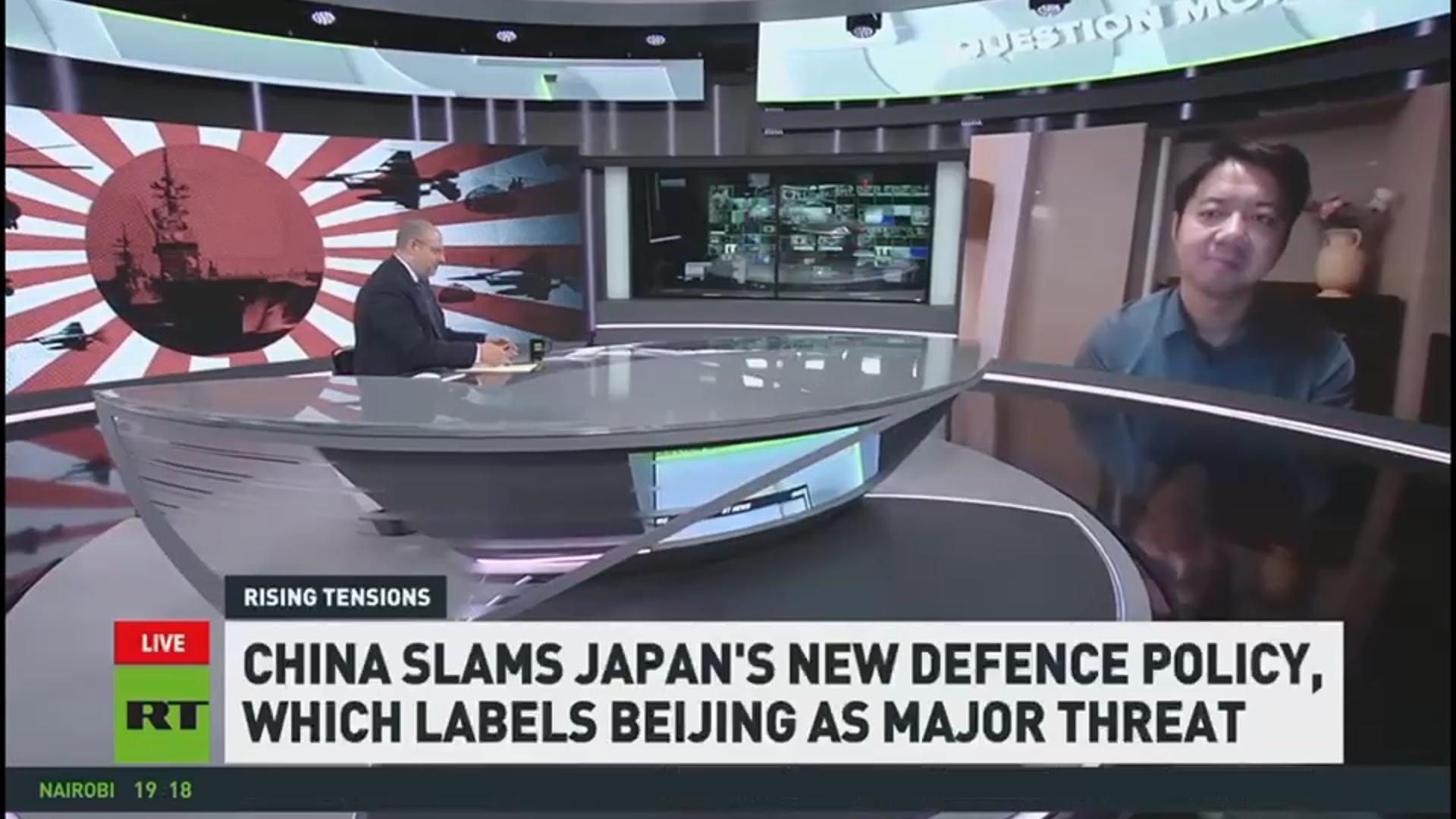
 京公网安备 11010802037854号
京公网安备 11010802037854号





